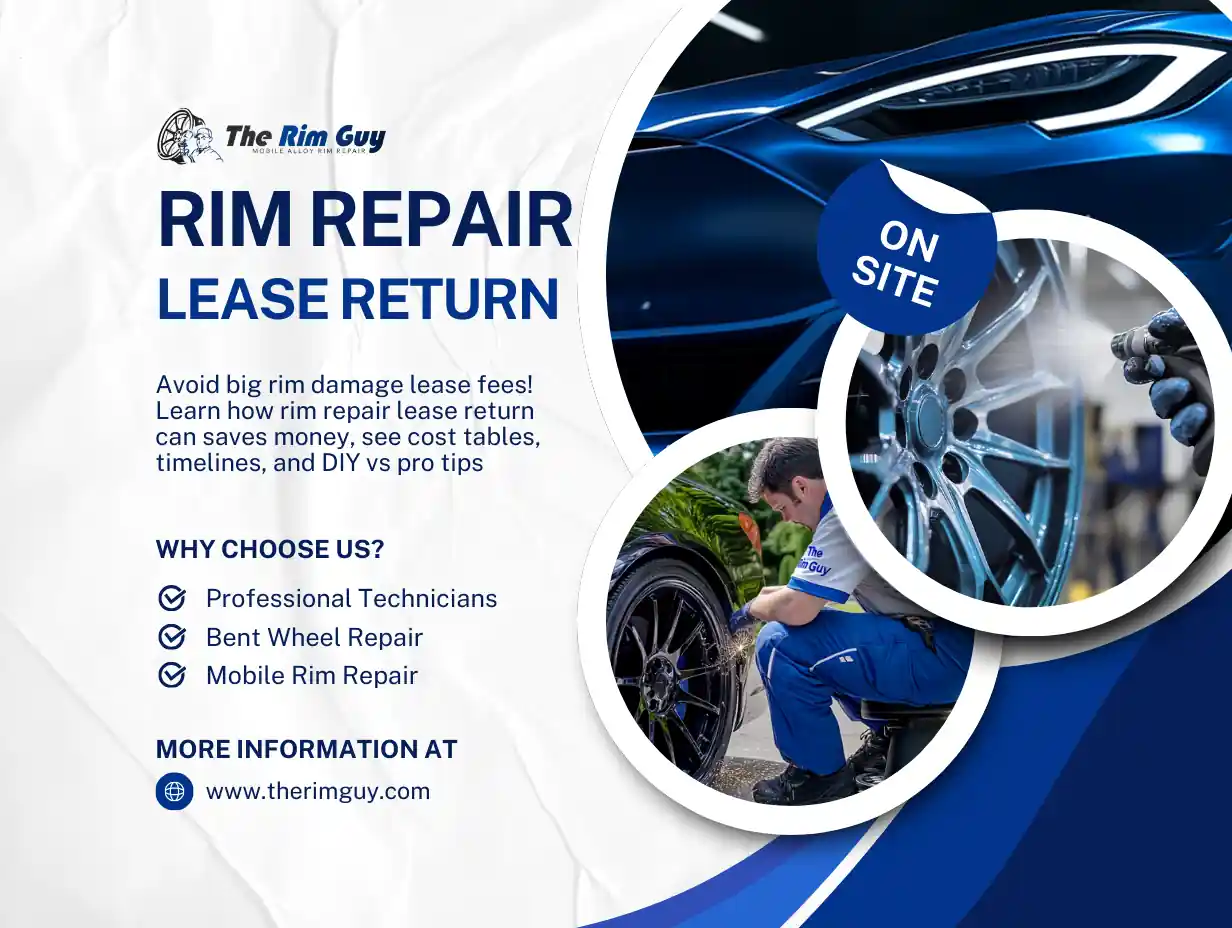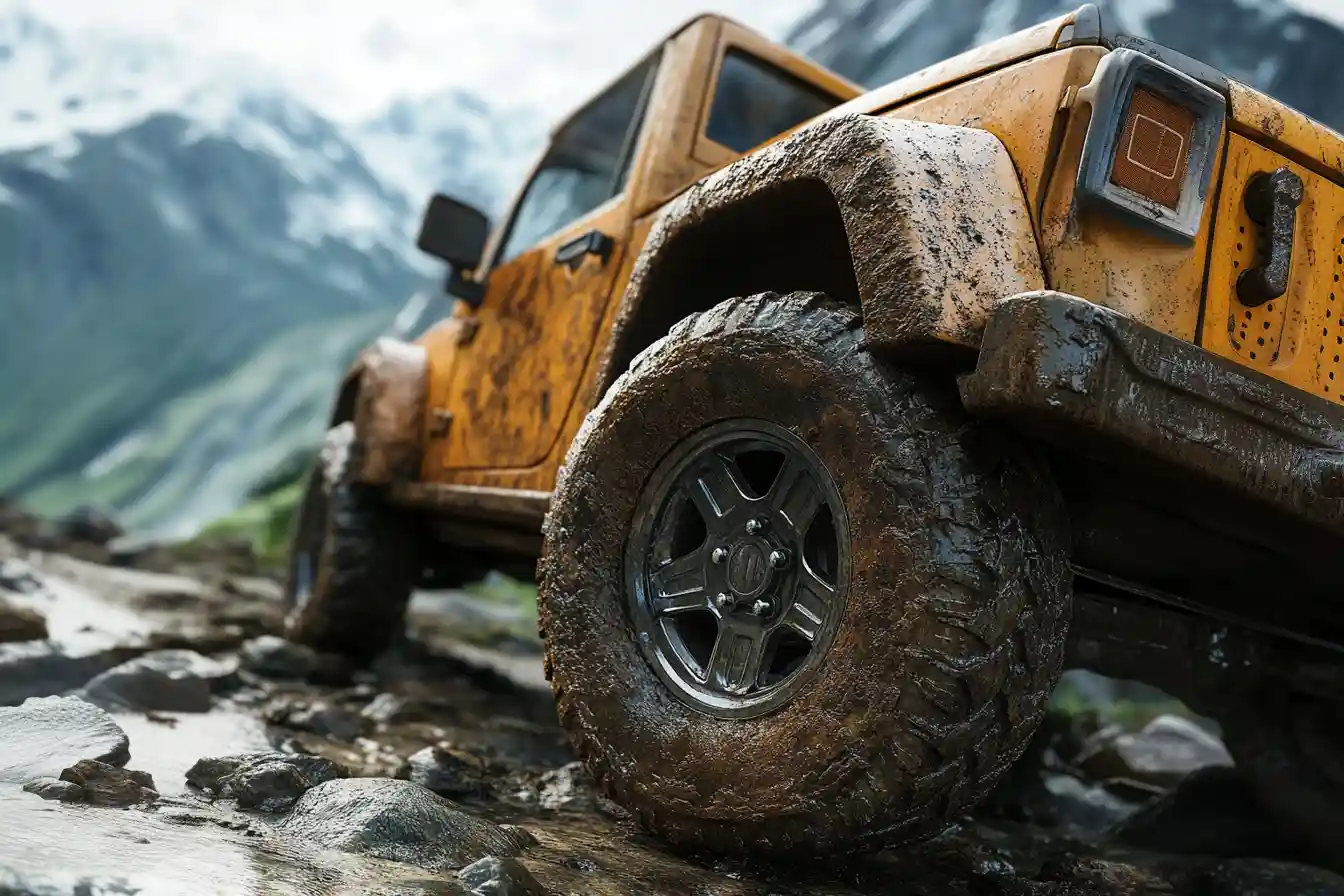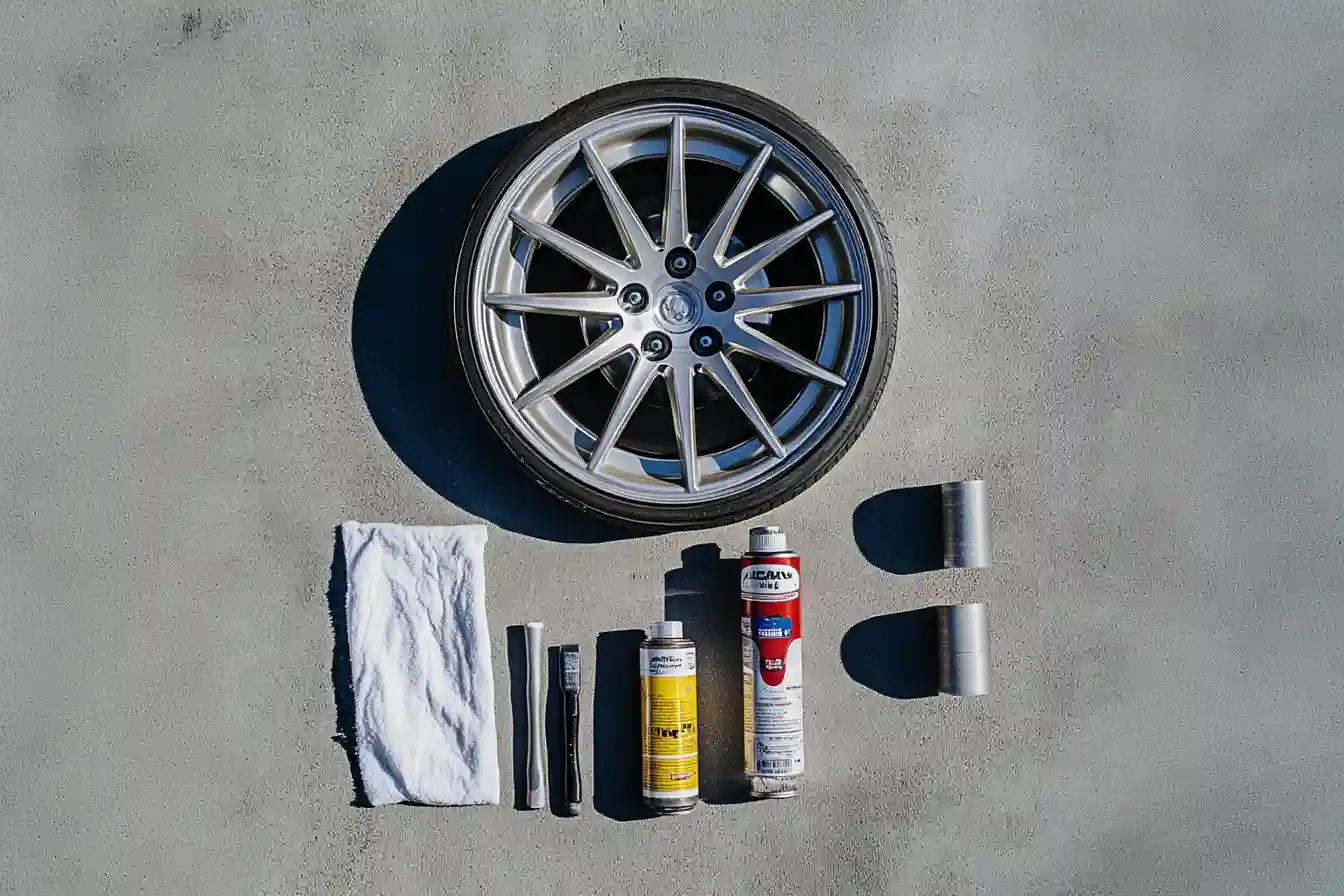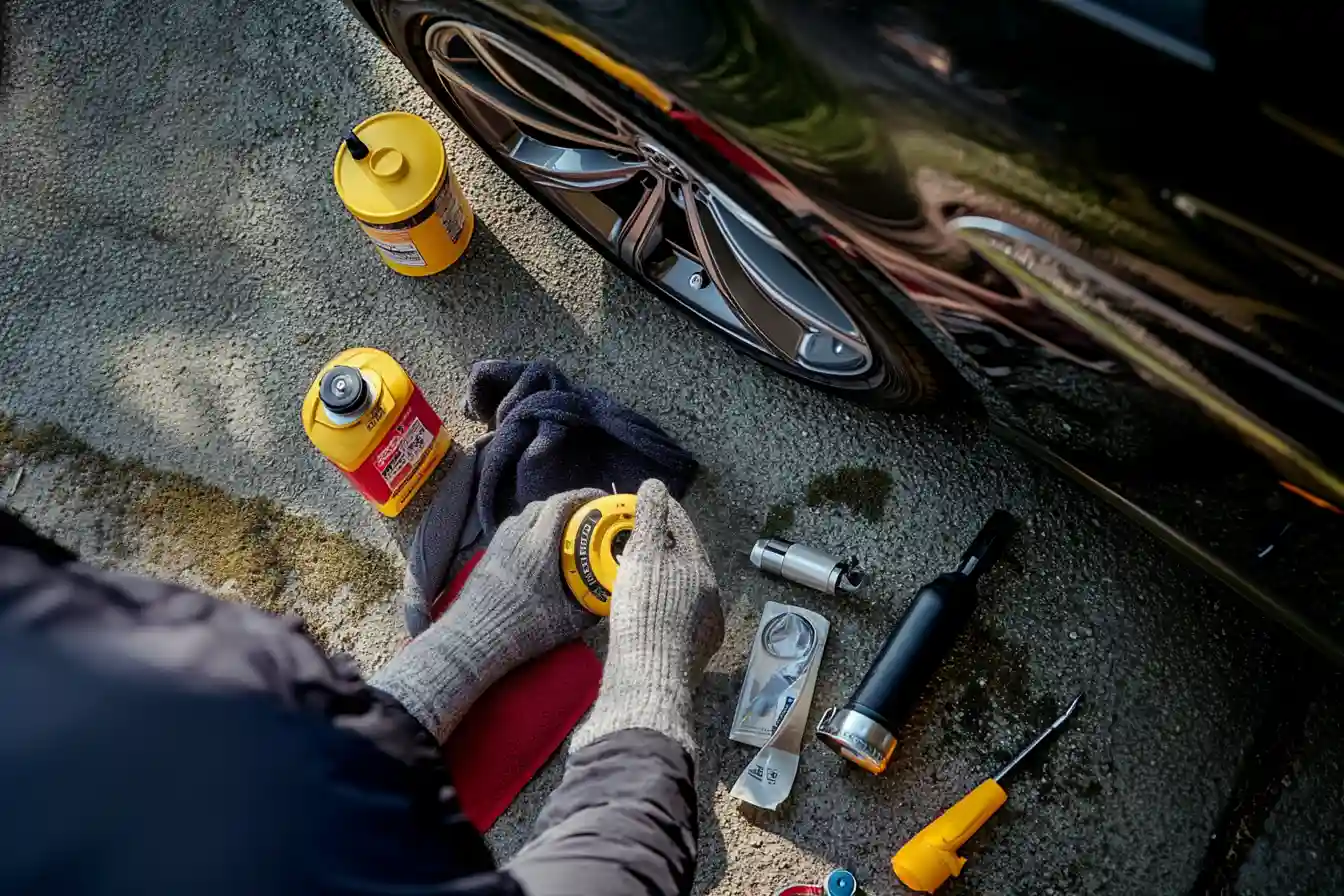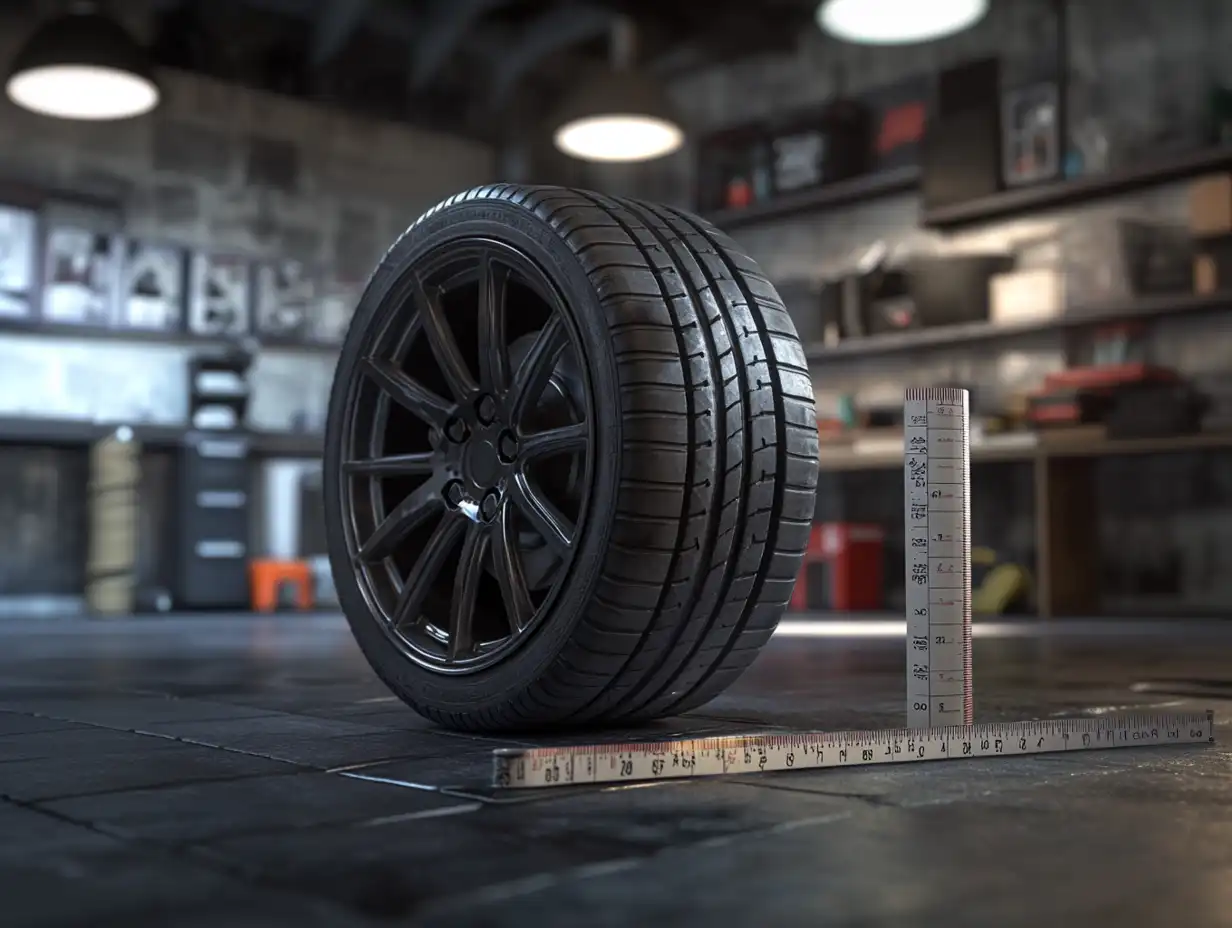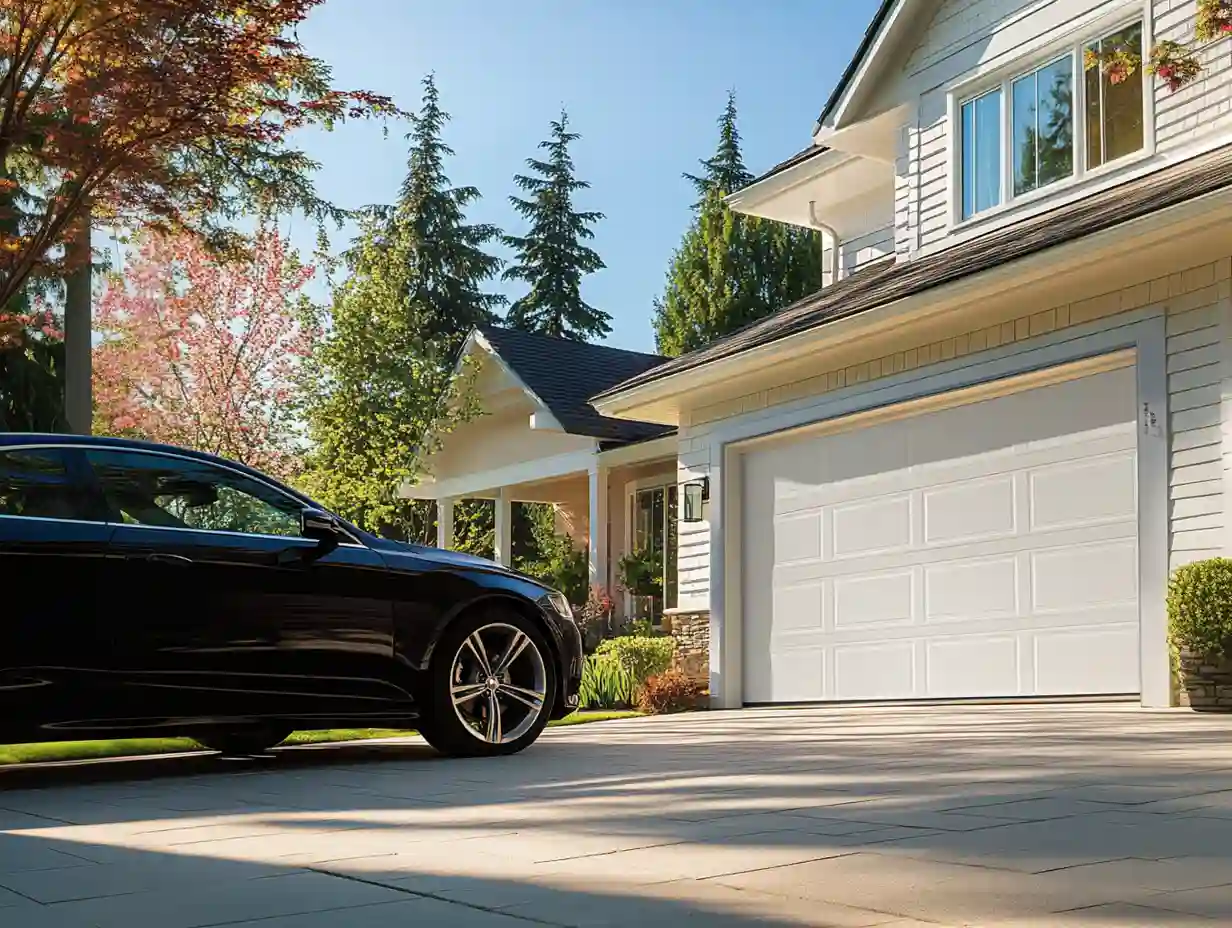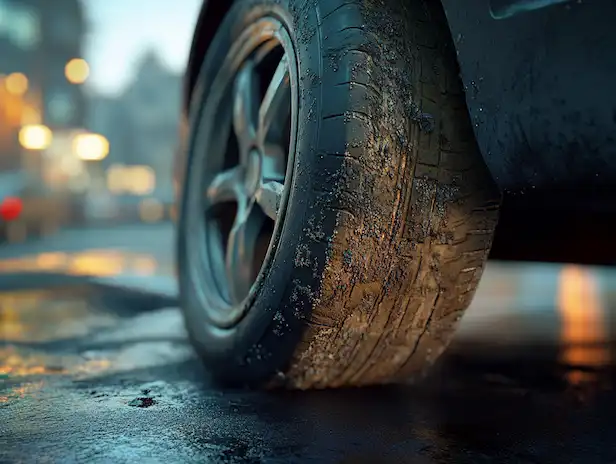Cracked Rim Repair: Welding, Replacement, and Everything You Need to Know
A sudden jolt on a rough Toronto street can leave you with more than just a headache. When you hear that telltale thunk and realize your wheel feels off, it’s possible you’re dealing with a rim fracture. Even the smallest cracks can compromise your vehicle’s performance, making every drive unpredictable. If you’ve ever asked yourself, “Can you drive on a cracked rim?”, you’re not alone. This concern touches on crucial safety points, repair costs, and the life of your wheels.
Below, you’ll discover how to spot rim damage, why cracked rim repair matters, and when welding can safely restore your wheel versus when replacing it is the better option. This guide also explores how to fix a cracked rim at a professional level, addressing questions about the best cracked rim repair service available and whether it’s safe to weld a cracked rim under various conditions. By the end, you’ll know exactly how to keep your vehicle rolling safely on well-maintained rims.
The Hidden Dangers of a Cracked Rim
Rim cracks can creep up on you after a pothole hit, running over debris, or simply from wear and tear over time. A fractured wheel might look minor but can threaten your safety if left unaddressed. Whenever a customer wonders, “Is it safe to weld a cracked rim?”, the answer hinges on the size and location of the damage. A barely noticeable line in the metal can grow into a gaping crack under the repeated strain of everyday driving.
A damaged wheel rim can also cause:
- Leaks in tire pressure.
- Poor handling and reduced braking efficiency.
- Unusual vibrations that get worse on the highway.
- Risk of a blowout if the crack expands without warning.
Even a single misstep can create a scenario where you’re forced to brake hard or swerve, and suddenly that tiny rim fissure can become a major road hazard. No wonder many drivers prioritize locating the best cracked rim repair service as soon as they notice any wheel issue.


Checking for Rim Damage
Not everyone spots rim damage right away. Some drive for weeks before they realize something is amiss. A thorough inspection involves cleaning and carefully looking along the wheel’s edge and spokes. Certain symptoms—like a tire that keeps losing air—can indicate a hidden crack.
Look for:
- Hairline fractures that appear as faint lines or splits.
- Any spots where the wheel surface looks chipped or bent out of shape.
- Persistent steering wheel shakes, especially at moderate or high speeds.
If you’re unsure, it’s wise to visit a professional shop or call a mobile service. Even if you think you can keep going, ask yourself, “Can you drive on a cracked rim?” The longer you wait, the more likely you’ll experience a blowout or further damage to the tire.
Below is a quick-reference table highlighting common symptoms versus potential rim damage causes:
| Symptom | Possible Rim Issue | Recommended Action |
|---|---|---|
| Unexplained Tire Pressure Loss | Minor crack or bent edge allowing air escape | Inspect wheel lip for tiny fissures |
| Steering Wheel Vibration | Inner rim crack or warped rim center | Check for metal separation |
| Loud Clunking Over Bumps | Larger crack that flexes on impact | Consider immediate professional help |
| Rapid Tire Wear on One Spot | Small fracture causing uneven load | Evaluate rim balance and structure |
A quick self-inspection can protect you from bigger repairs later. If you see any warning sign, getting a cracked rim repair assessment is the next logical step.
Welding Fundamentals: When It’s Safe to Mend a Rim
Once you confirm a fracture, the critical question becomes, “Is it safe to weld a cracked rim or should the wheel be replaced?” Welding is a reliable technique when done by qualified professionals using appropriate methods. Metal alloy composition, wheel construction, and crack location all play a part in determining if a weld will restore structural integrity.
Welding typically involves:
- Stripping away paint or debris around the fracture.
- Using heat control to fuse the cracked edges without warping the rest of the wheel.
- Carefully smoothing and refinishing, so the repaired area matches the rest of the rim’s profile.
Damage on the rim’s inner or outer lip often responds well to welding because it doesn’t bear the wheel’s heaviest load. That said, large splits or fractures across spokes or the center face can be more problematic. Technicians with experience in how to fix a cracked rim can spot unsafe weld scenarios at a glance, so getting a professional opinion is vital.


Assessing Welding vs. Replacement
If you’ve ever mulled over, “How to fix a cracked rim without compromising safety?”, the answer lies in choosing between welding or swapping the wheel out entirely. In many cases, welding is enough, but certain circumstances demand a replacement.
Here is a side-by-side comparison of both approaches:
| Approach | Advantages | Drawbacks |
|---|---|---|
| Professional Welding | Less expensive than purchasing a new rim Preserves the wheel’s style and fit Can be done relatively quickly | Not suitable for severe structural damage Requires specialized equipment and skill Risk of re-cracking if done poorly |
| Full Replacement | Guarantees a fresh, undamaged wheel Ideal for major cracks or multiple fractures Reduces risk of repeated issues | Higher cost (especially for premium wheels) May require ordering from dealership or aftermarket Replacement rim might not match older wheels if others are worn |
Although welding is often the go-to for cracked rim repair, certain wheels simply can’t be saved. If a crack runs across a load-bearing spoke, or the damage extends too far around the circumference, replacing is the only safe choice. Consult with a technician to decide whether you can salvage the wheel or if you’d benefit from investing in a new rim.
Key Considerations for a Successful Repair
Whenever people weigh their options for the best cracked rim repair service, they typically worry about future reliability. No one wants to be back in the shop a month later, dealing with the same issue. A thorough professional inspection covers:
- Depth of the crack: If the metal is too compromised, welding won’t hold up well.
- Wheel balance: After any rim fix, rebalancing is crucial to avoid future shaking.
- Alloy composition: Some materials respond to welding better than others.
- Overall wheel health: Existing warps, dents, or previous repairs can influence outcomes.
For those who ask, “Is it safe to weld a cracked rim on a daily driver or a performance vehicle?”, rest assured that a solid, expertly executed weld can last the life of the wheel. Still, it’s essential to maintain healthy tire pressure and avoid severe impacts that could re-open the welded joint.
External Resource for Wheel Safety
To deepen your understanding of how rim damage affects handling and tire performance, check out the National Highway Traffic Safety Administration guidelines on wheel integrity. Their resources explain how compromised wheel components can influence overall vehicle control.
Answering “Can You Drive on a Cracked Rim?”
Some drivers decide to push their luck, especially if the crack appears small or they aren’t losing much air. Although it might be possible to keep rolling for a short while, you’re taking a risk. At any moment, another bump or pothole could widen the split. Then you face sudden pressure loss in the tire or, worse, a complete rim failure.
If you feel compelled to keep driving temporarily, reduce your speed and avoid aggressive maneuvers. However, the better approach is to address cracked rim repair promptly. Procrastinating not only jeopardizes your safety but can also lead to more significant damage to the tire and suspension.
Step-by-Step: How to Fix a Cracked Rim Safely
An experienced technician knows how to fix a cracked rim through tried-and-tested methods. The process typically unfolds like this:
- The wheel is removed from your vehicle for a thorough inspection under proper lighting.
- Dirt, paint, and corrosion are cleared away to reveal the entire length of the crack.
- A controlled welding approach fuses the fractured edges, often using TIG welds for aluminum alloys.
- The welded section is ground and polished to blend with the original wheel surface.
- Paint or powder coating is reapplied to protect the rim and enhance its appearance.
- The tire is remounted, the assembly is balanced, and the wheel is tested for air leaks or slight warping.
A skilled repair improves reliability and saves you money versus a new wheel purchase. For that reason, many owners see it as the most efficient and cost-friendly choice. Yet, this strategy works best when you handle cracks in the early stages. Deep fractures or large breaks rarely respond well to welding.
When Replacement Is the Only Option
The question, “Is it safe to weld a cracked rim?”, occasionally leads to a conclusion that welding isn’t viable at all. If the structural integrity is compromised, or the crack runs across a heavily stressed area of the wheel, even the best welder can’t guarantee long-term safety. In those instances, a replacement rim is worth every penny.
Important factors that rule out repair:
- Multiple fractures branching in different directions.
- A wide crack that has already begun splitting apart under normal driving.
- Existing damage to the wheel face or spokes that carry substantial load.
- Prior subpar repairs, leaving the metal fatigued.
Drivers often want to avoid the expense of a new wheel. However, it’s a wise investment if there’s any doubt about future failures. A catastrophic break while driving is far costlier—in both financial and personal terms.
Why Cracked Rim Repair Matters for Roadworthiness
A safe vehicle begins with reliable contact points on the road. When you evaluate “Can you drive on a cracked rim?”, you’re balancing a short-term fix with the longer-term hazards. Potential blowouts, erratic steering, and impaired braking are no small risks. The moment you notice a crack, reaching out to the best cracked rim repair service in your area can safeguard both your car and your peace of mind.
Rim issues tie in closely with suspension wear, tire condition, and overall vehicle handling. Any instability around the wheel well can trickle into alignment problems. By addressing a damaged wheel early, you reduce the odds of expensive ripple effects in other systems.
Taking Action: Next Steps for Toronto Drivers
Many people in the GTA lead busy lives, so scheduling a rim repair might slip down the to-do list. Still, ignoring the problem can make it worse. If you have doubts about how to fix a cracked rim, consider these suggestions:
- Visit or contact a professional rim specialist the moment you see or suspect a fracture.
- Keep your tire pressure at the recommended level to reduce extra strain on the rim.
- Drive cautiously over potholed streets or uneven surfaces until you sort out the repair.
- Perform routine wheel inspections, especially during seasonal road changes when potholes are prevalent.
It’s also helpful to internalize that damage can occur in hidden spots on the wheel’s inner barrel. A quick glance from the outside doesn’t always catch a sneaky crack on the backside of the rim.
Consider an Internal Resource
For more insights on maintaining your rims, check out our main page to discover additional services and expert tips. We specialize in mobile repairs across the GTA, ensuring you never have to compromise on safety or convenience.
The Bottom Line on Is It Safe to Weld a Cracked Rim
Welding a damaged rim can indeed be safe, but not every break can be fixed. By seeking help from a knowledgeable technician, you’ll learn if cracked rim repair is a permanent solution or if you’re better off with a brand-new wheel. Ultimately, the only way to answer “Is it safe to weld a cracked rim?” in your specific case is through a professional inspection.
If the crack is relatively small, located away from crucial load-bearing points, and the rest of the wheel is structurally sound, welding can restore the rim’s strength. On the other hand, if a crack extends too far or you have multiple fissures, investing in a replacement eliminates the stress of recurring breaks.
Remember, you don’t just want a quick fix. You want assurance that your wheels can handle every bump, turn, and mile with confidence.
Closing Thoughts
Rims often take a beating, especially on streets filled with potholes and hidden obstacles. If you’re ever unsure about your wheel’s safety or find yourself questioning how to fix a cracked rim responsibly, consult specialists who can guide you. Prioritize a reliable fix—whether it’s welding or a new wheel—and safeguard your daily drives from unexpected blowouts.
The best cracked rim repair service isn’t merely about patching metal; it’s about restoring trust in your vehicle. Through honest assessments, professional craftsmanship, and top-quality materials, your repaired rim can last as long as a brand-new wheel if the conditions allow.
The next time you hit an unexpected bump, remember that your safety depends on prompt action. If you’re pondering “Can you drive on a cracked rim?”, consider the potential risk you’re taking each time you head out. For peace of mind, get a professional evaluation and keep your wheels in optimal shape.





